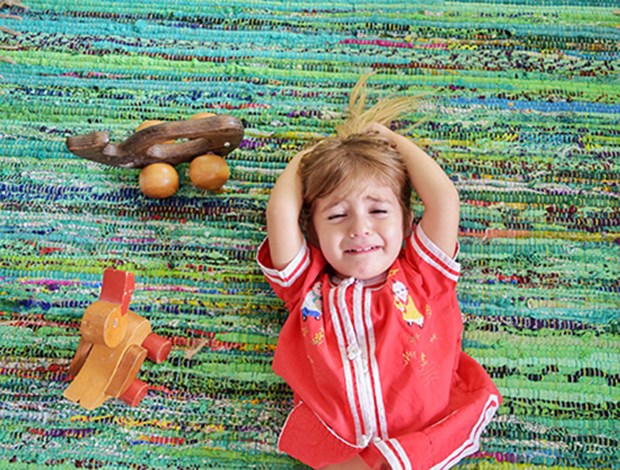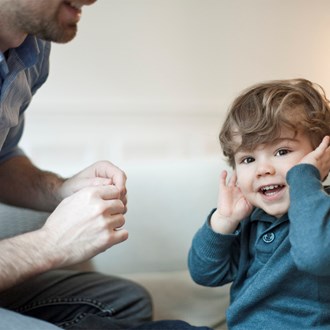10 Ways To Cool Toddler Tantrums

Without losing YOUR cool...
By Practical Parenting
August 03 2016
It seems to happen overnight - your precious bundle of newborn joy has become a kicking, screaming, biting, hitting and bundle of terror. But don’t lose hope, there are many ways you can avoid the dreaded tantrum. Here are some simple tips on managing what is completely normal toddler behaviour.
1. Eliminate situations where you know your child will feel overwhelmed or places that are not child-friendly. It cannot always be avoided but when possible choose more suitable outings.
2. Set clear and age appropriate boundaries. When children know what is expected of them, they begin to understand appropriate parameters and are more likely to comply.
3. Ensure consequences are consistent and predictable. It’s important to be aware of their level of understanding and respond appropriately, you cannot have the same expectations of a two-year-old that you would of a four-year-old. They need to be realistic expectations.
4. Keep your cool and stay calm. Remember you are her greatest role model. She looks to you as a learning tool and imitates what she sees. Be sure to always model acceptable and appropriate behaviours because you are by far her greatest influence. If you begin to feel frustrated and you know your child will see that in you, take a breather, walk away and then re-engage again when you feel calmer.
5. Be proactive and respond in a timely manner. Don’t wait until things have escalated or it will be harder to calm and re-centre your child. When it comes to sharing, get involved and tackle situations where children do not yet have the skill to share. ‘Your turn, my turn’ models a positive situation where everybody’s needs are met or you could always set a timer and inform your little one that when the timer goes off its then her turn to pass the toy over. This gives your child a sense of power over the situation.
6. Positively engage the child. Getting through to a child who is in the midst of ‘losing it’ needs to be managed appropriately. Make eye contact, grasp her hand gently or put your hand on her shoulder. Making some kind of physical contact lets her know you are there and that her safety is paramount. If she does not want physical contact then just keep a close proximity to reinforce that you are there to support her. If she is in a position where she could injure herself or some one else, move her to another location.
7. Allow time to cool down. Children are incapable of taking in what you are saying when they are in a heightened state of stress, anger or frustration.
8. Acknowledge your child is upset with empathy and affection. Respond to their feelings and give a couple of options of WHAT TO DO instead of telling the child WHAT NOT TO DO. It's also important to give them opportunities to express their feelings to you in a way that enables the child to communicate and then move on from that emotion.
9. Validate your child’s feelings and then reinforce the boundary. Let your child know verbally that you are there to help them. When she has begun to respond in a calmer manner re-direct her to start over/ move on. Perhaps she may need reminding of the options she has at this point. This helps her to begin to self-regulate her emotions and in turn builds resilience.
10. Praise and acknowledge their positive efforts. Over praising your child can become redundant if it is continual so ensure to praise her when it is a specific achievement. Otherwise, it’s always helpful to acknowledge and communicate to your child what she did so well.
- Delvene Middleton is an educator at Delvene's Family Daycare (part of the NSW Family Day Care Association)






